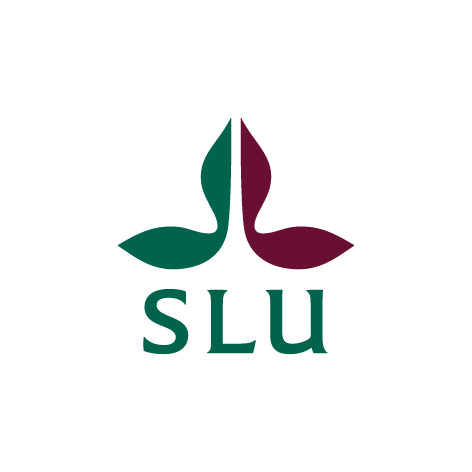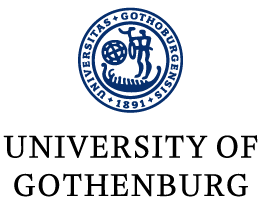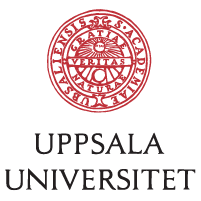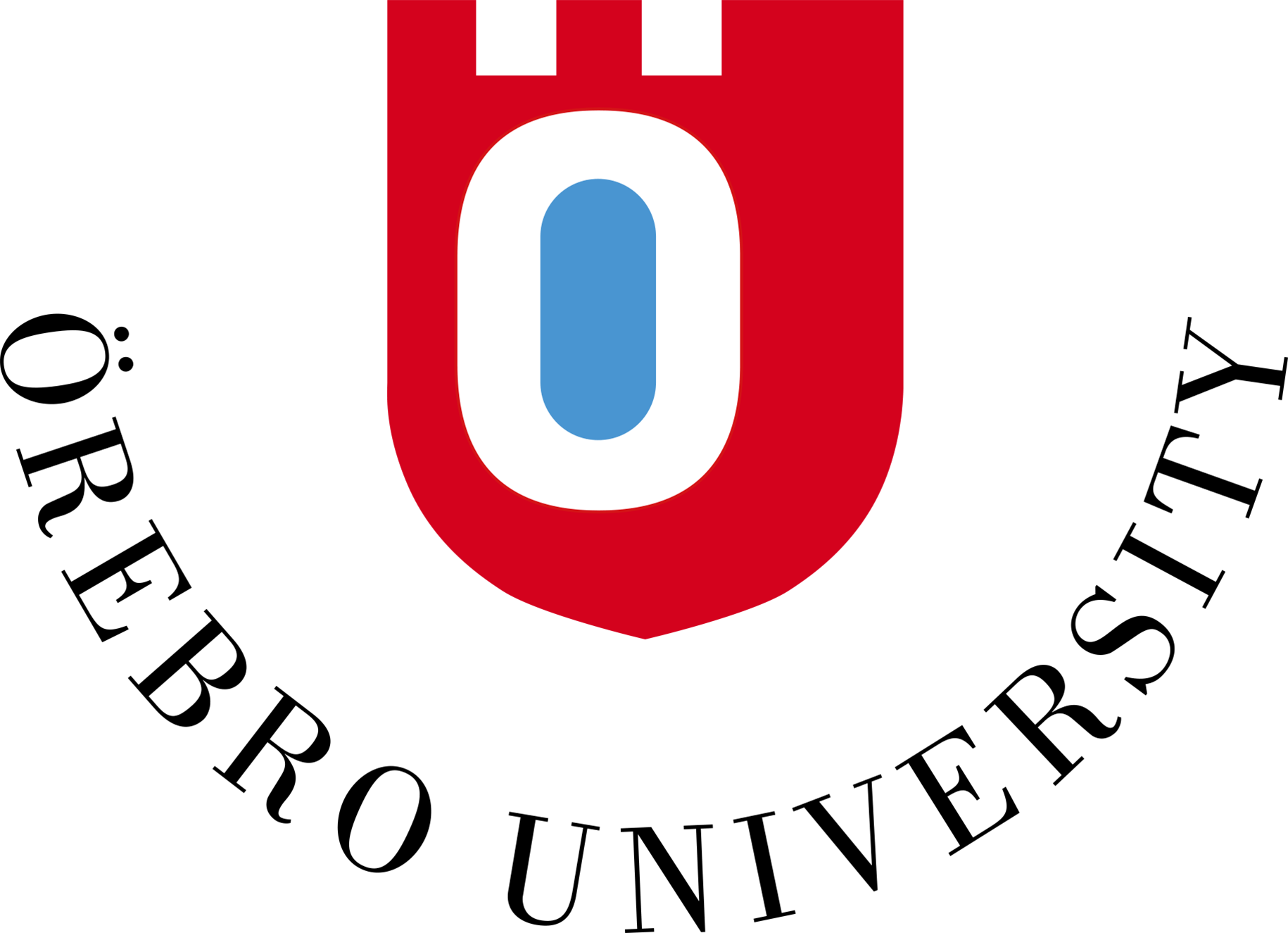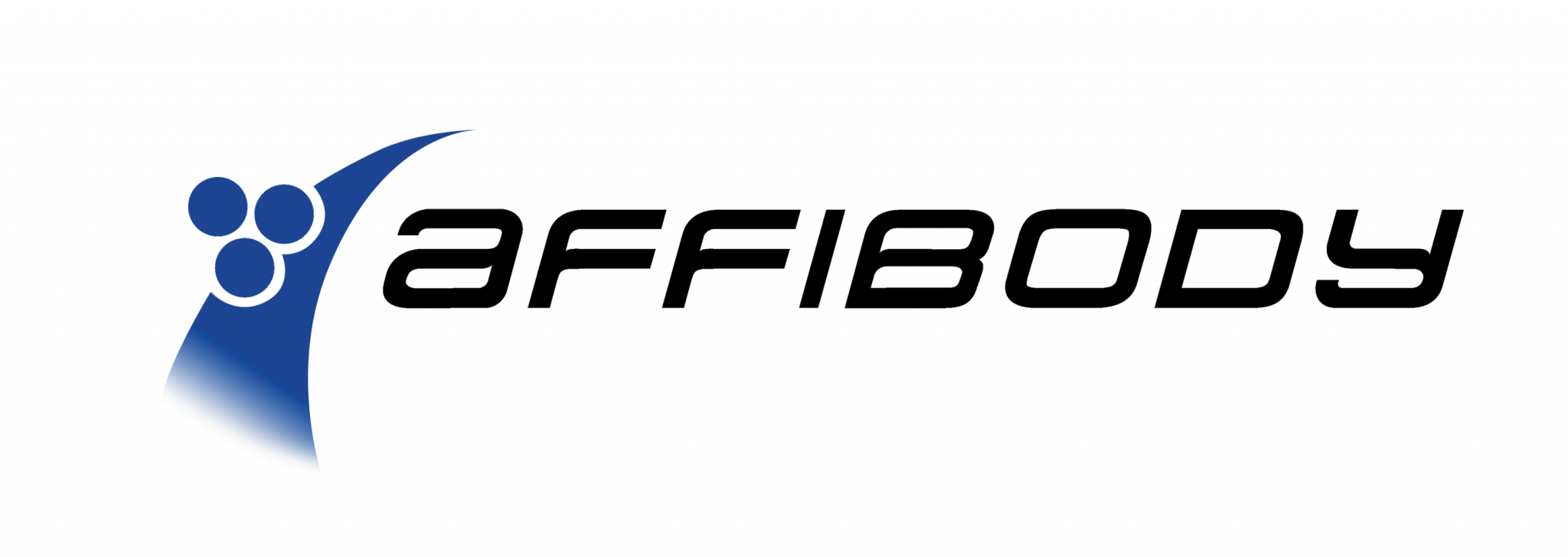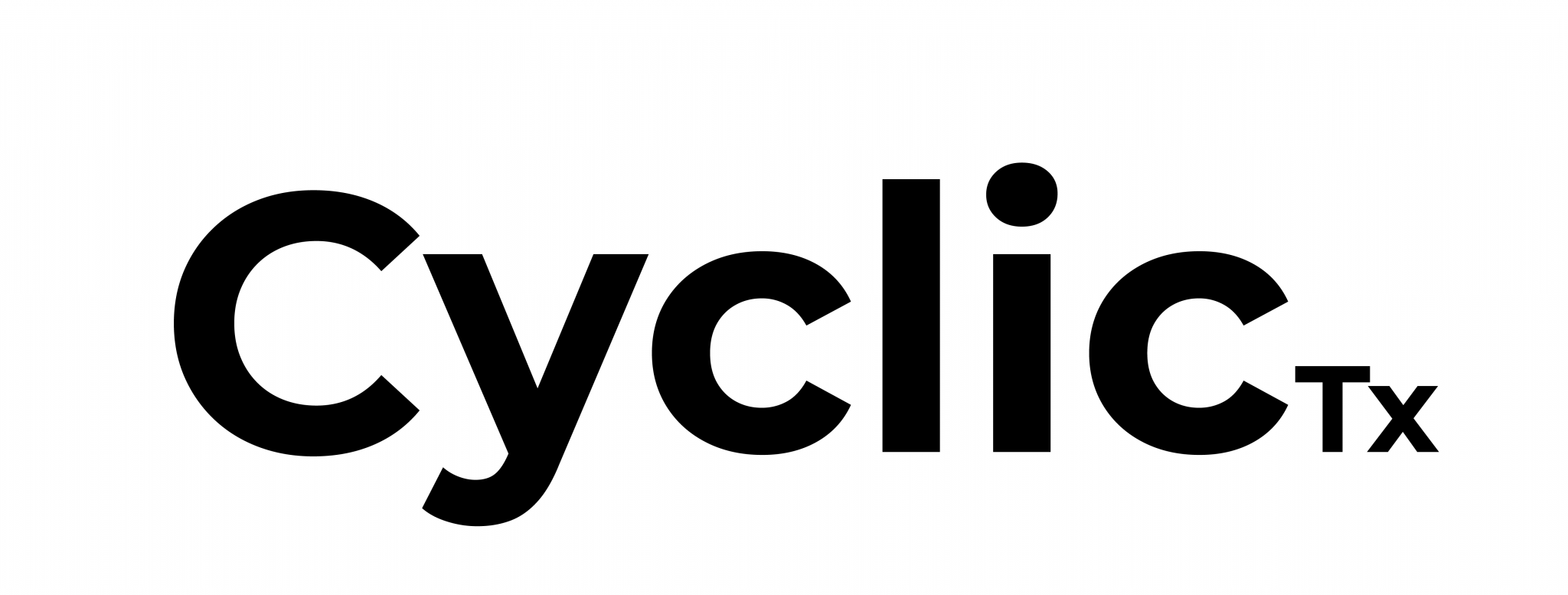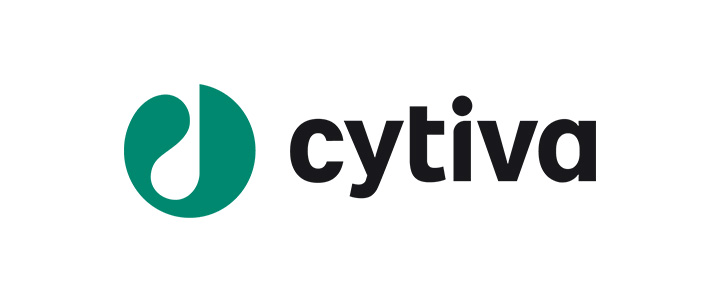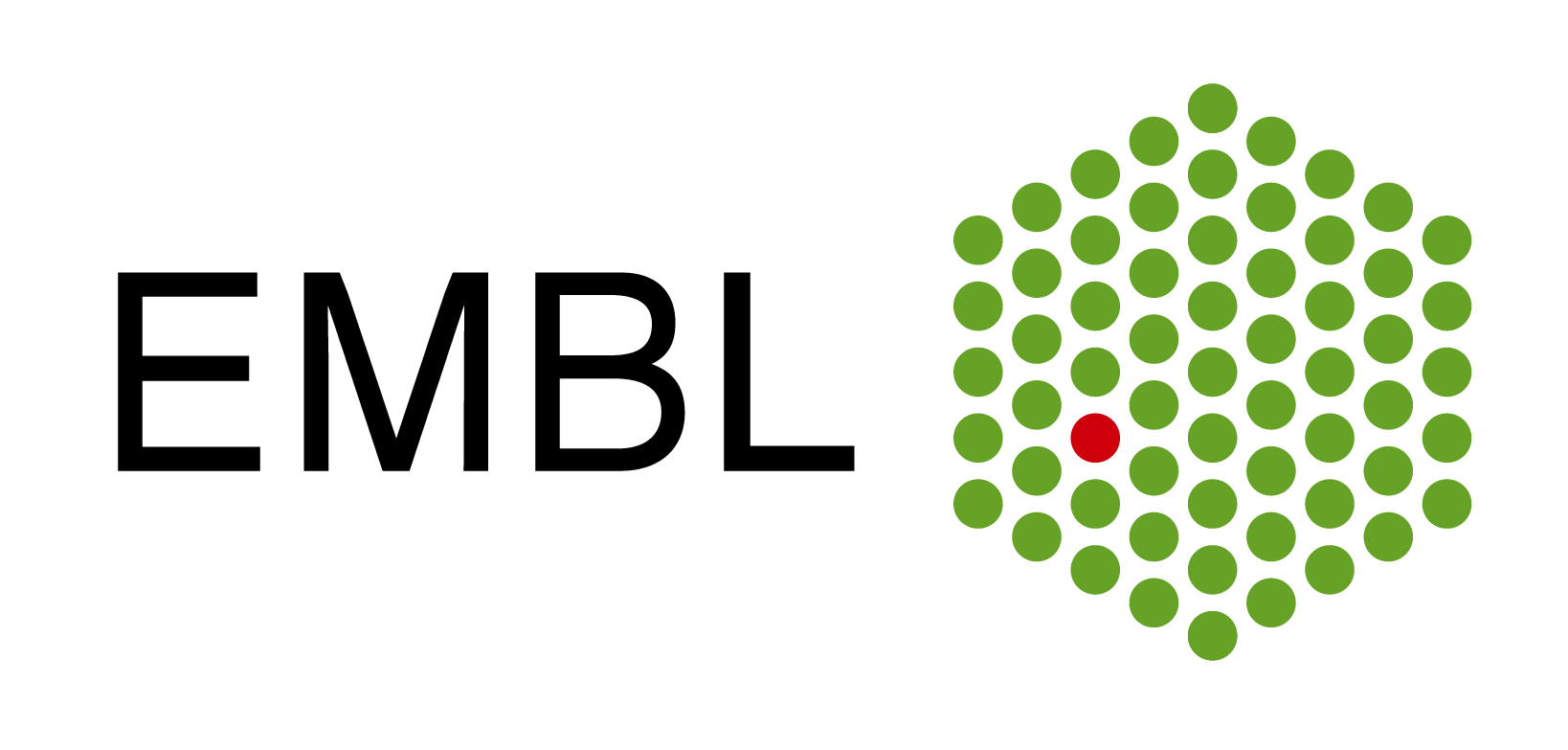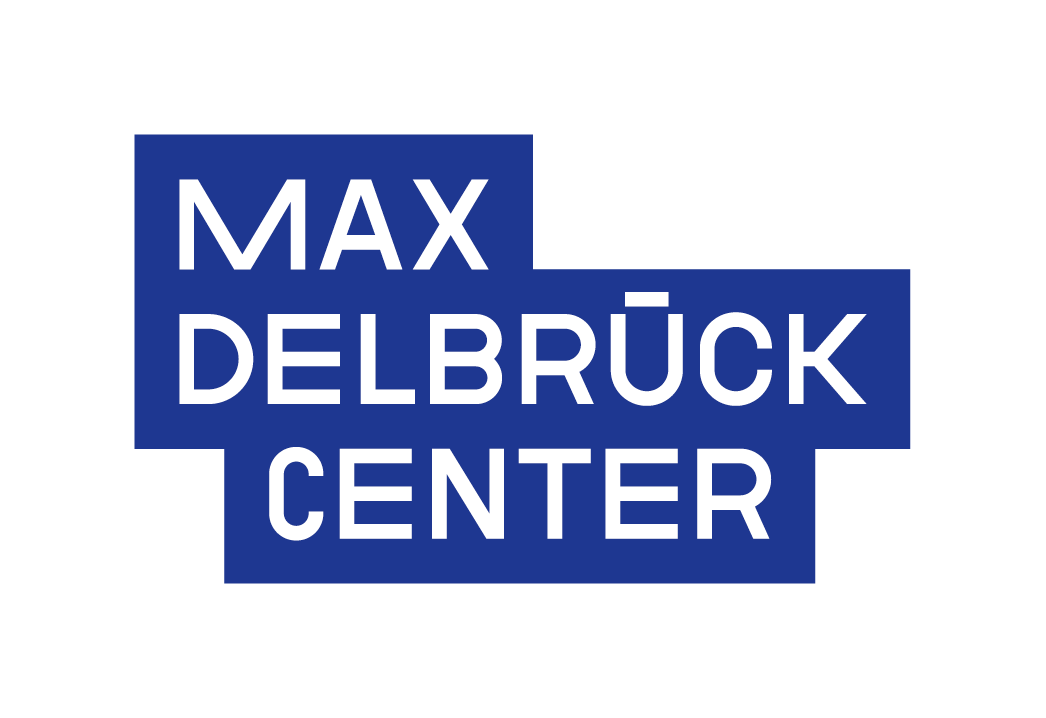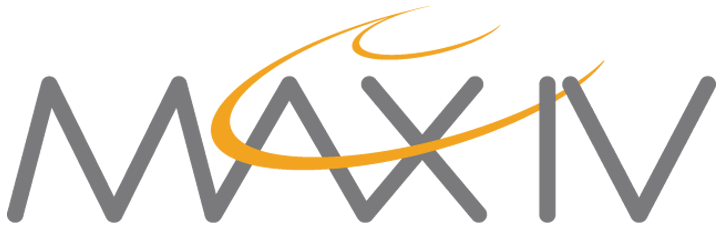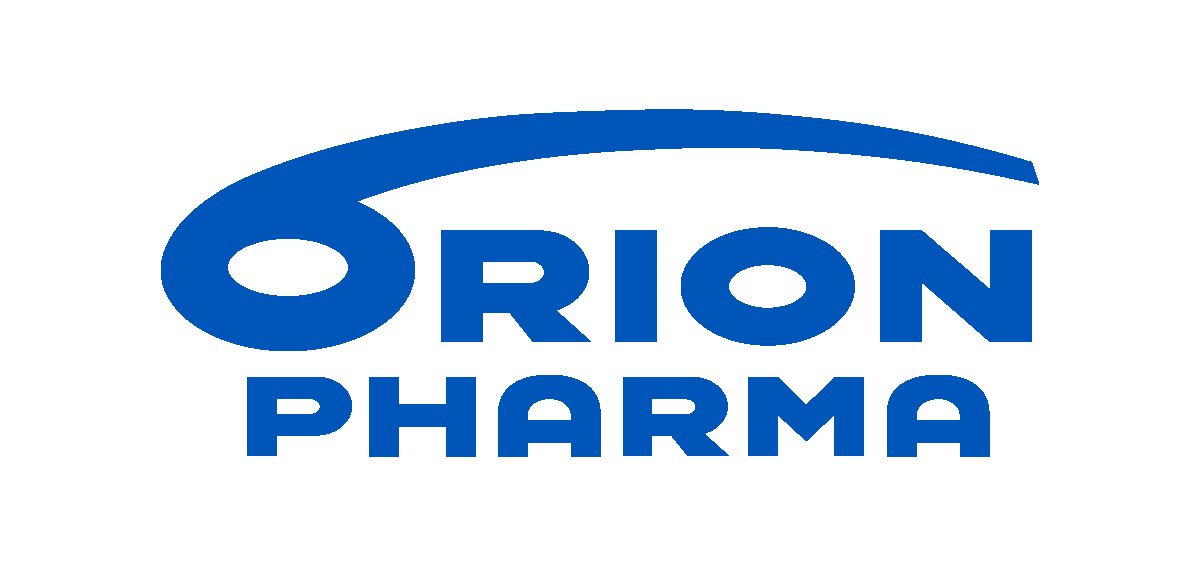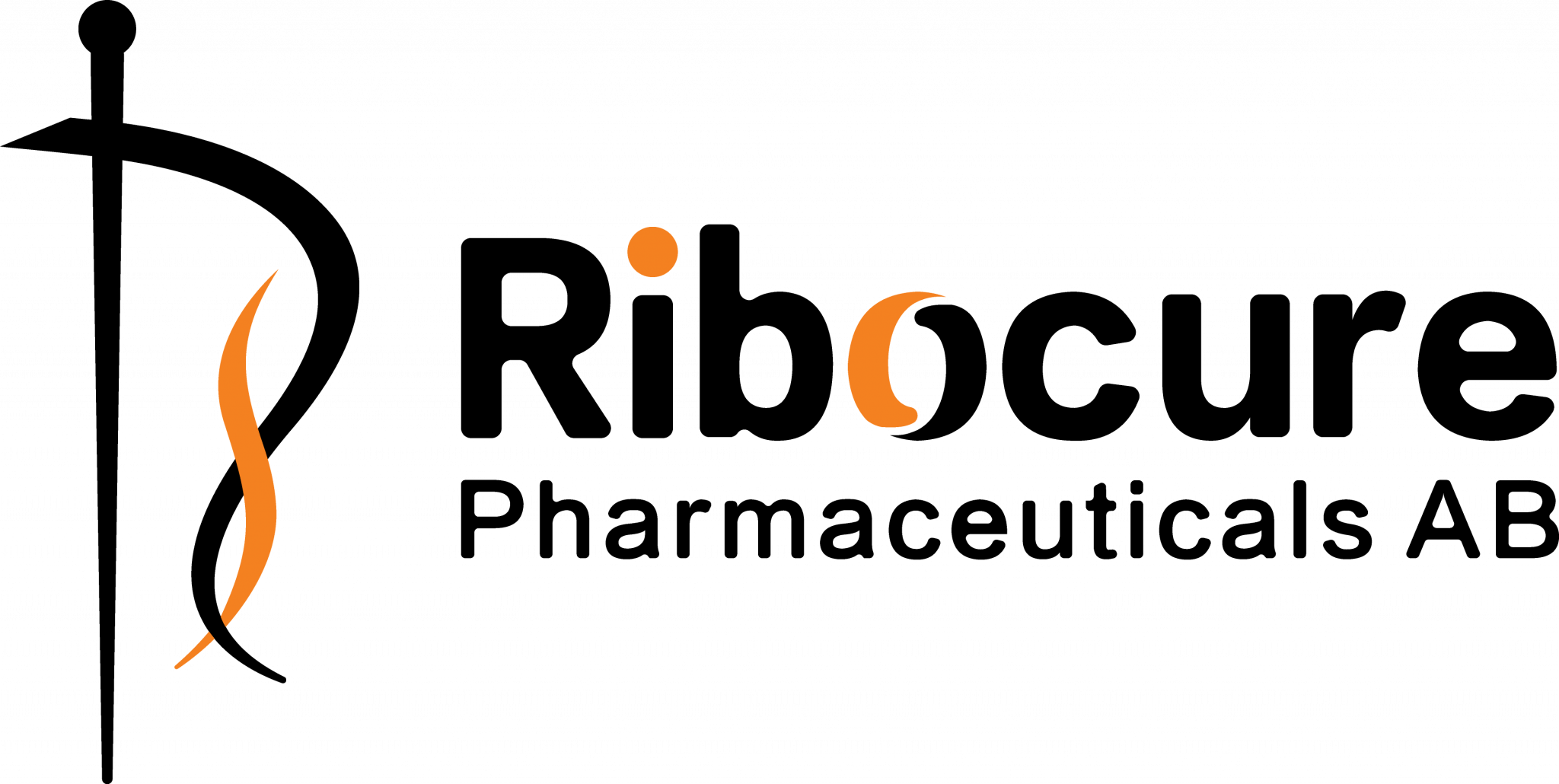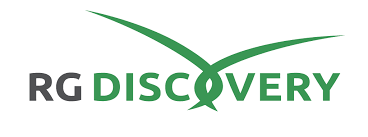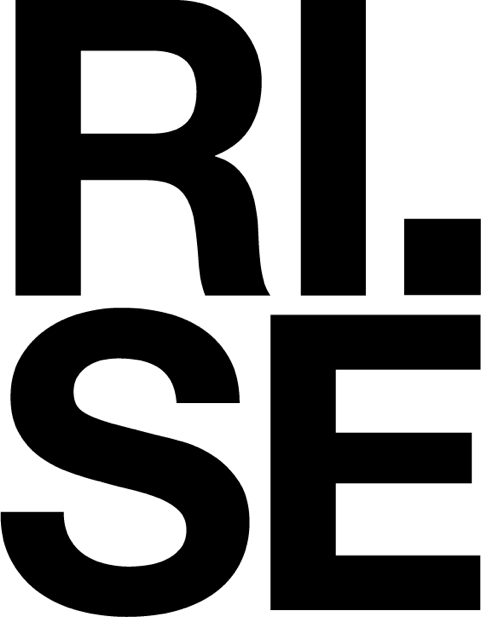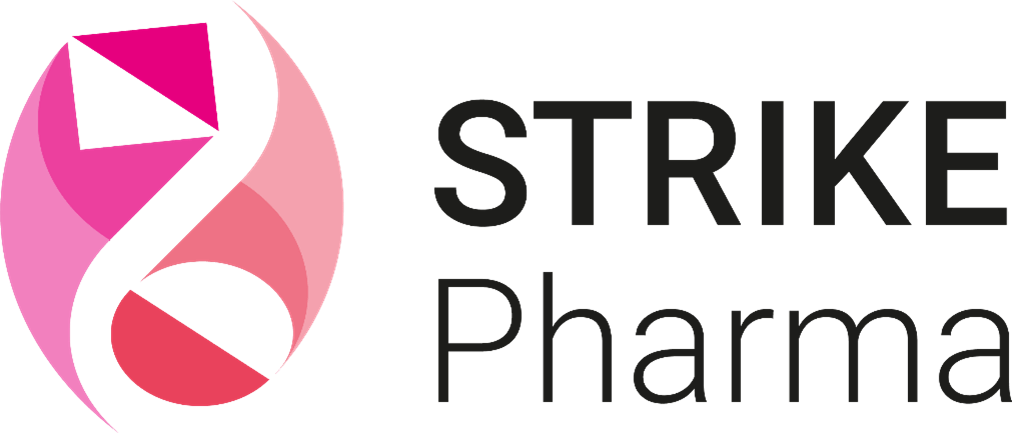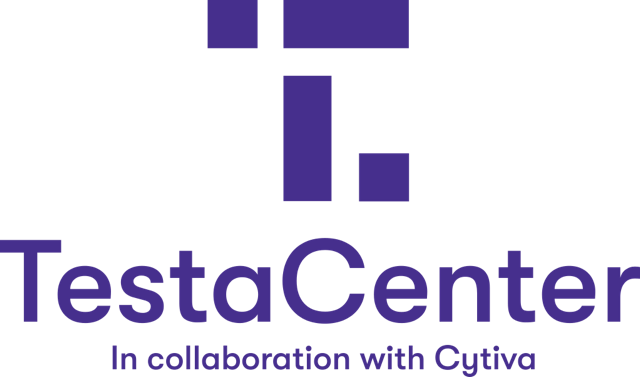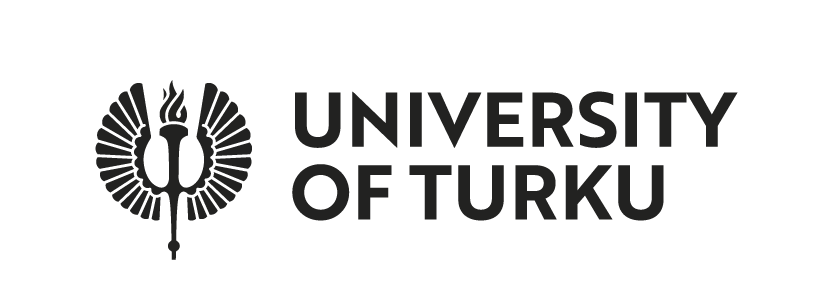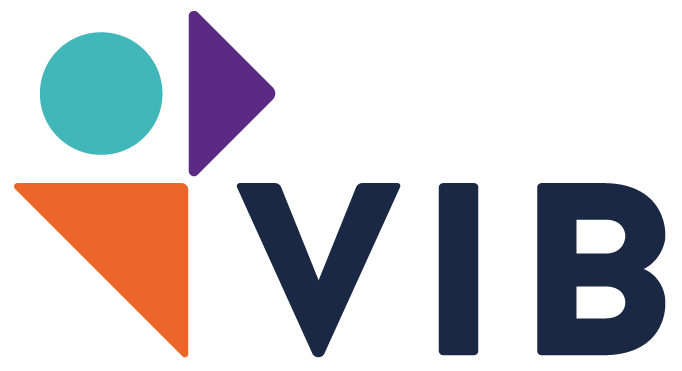Partners
The PULSE program has a total of 41 partners:
- 11 implementing partners, Swedish universities who will employ the postdocs, and where the postdocs will be hosted and mentored for their project by a SciLifeLab Group Leader. Each one of these universities provides excellent research environments in complementary areas.
- 29 academic and non-academic Swedish and international associated partners. These partners will offer secondments and short research visits, providing competence and capacity which will move forward the PULSE projects, and also add significant value to the postdocs’ training outcome throughout the program.
Skip to
Implementing partners
Associated partners
Key research facilities, infrastructure and equipment at the partner organizations
Additional information
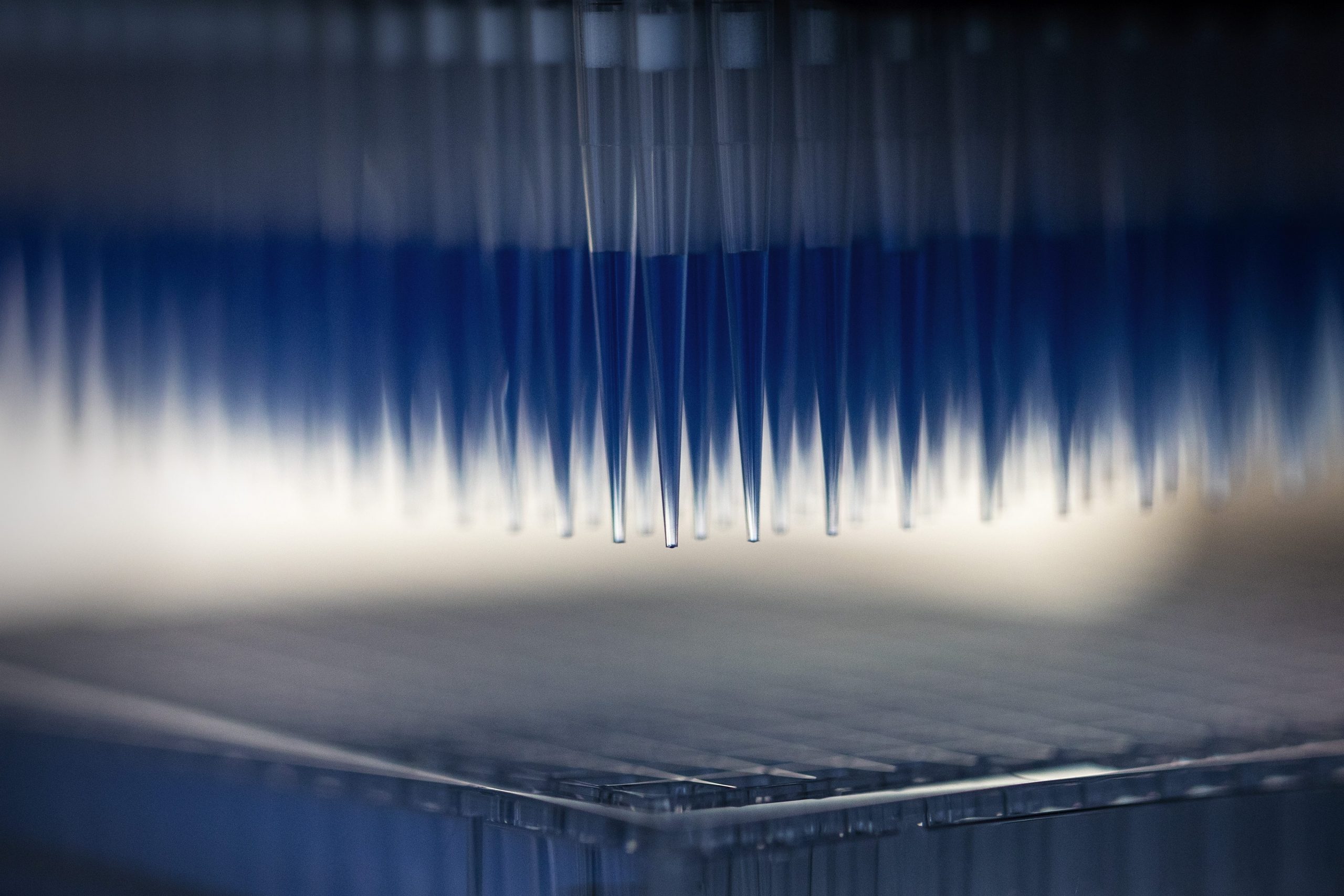
Key research facilities, infrastructure and equipment at the partner organizations
Implementing partners
Chalmers University of Technology is organised in strategic areas of advance (AoA).
Of specific relevance for SciLifeLab are AoA’s Nano, Materials and Health Engineering. Within Chalmers, there are over 200 researchers working within the Health Engineering AoA. Several prominent research groups are active in drug development, biomolecular analysis and antimicrobial resistance.
KI is at the forefront regarding infrastructures and facilities for state-of-the-art biomedical research. KI supports more than 40 core facilities, ranging from advanced transcriptomic technologies to the most recent imaging modalities, both at the macro and micro scale, including cryo-EM. Through close ties with hospitals in the Stockholm Region, KI has access to clinical data and unique biobanks. KI is also a leader in research based on experimental model systems such as zebrafish and mouse.
The SciLifeLab technology platforms and units (in the parentheses) that involve KTH researchers include: Bioimage Informatics, Ancient DNA, National Genomics Infrastructure, Affinity Proteomics, Autoimmunity and Serology Profiling, Cellular Immunomonitoring, Global Proteomics and Proteogenomics, Glycoproteomics, Advanced FISH Technologies, In Situ Sequencing, Spatial Mass Spectrometry, Spatial Proteomics, Spatial Transcriptomics, Integrated Microscopy Technologies, Human Antibody Therapeutics, Protein Expression and Characterization
Automated patch clamp electrophysiology, high throughput screening in BCL3-lab, combined NMR, crystallography, neutron/x-ray scattering and a full range of biophysical methods.
LU hosts units in five SciLifeLab Technology Platforms of direct relevance for SciLifeLab PULSE: Clinical Genomics, Integrative Structural Proteomics, Cellular & Molecular Imaging, Bioinformatics, and Drug Discovery and Development. The activities of these teams are co-ordinated through the SciLifeLab Site in Lund. LU hosts critical infrastructures like Max IV, BioMS, Lund Protein Production Platform (LP3), and Lund University Bioimaging Centre (LBIC).
With the exception of ion channel research is SciLifeLab DDD well equipped for conducting all aspects of drug discovery related laboratory work across disciplines such as molecular biology, biochemistry, cell biology, medicinal chemistry, and structural chemistry. These disciplines are strongly supported by computational work, including machine learning approaches for discovery of novel bioactive compounds and their optimisation. Several instruments are unique at a national level in Sweden, e.g. helix Biosensor
The SciLifeLab technology platforms and units (in the parentheses) that involve SU researchers include: Bioinformatics (Support, Infrastructure and Training), Genomics (Ancient DNA), Metabolomics (Exposomics), Spatial and Single Cell Biology (Advanced FISH Technologies, Eukaryotic Single Cell Genomics, In Situ Sequencing, Spatial Mass Spectrometry, Spatial Proteomics, Spatial Transcriptomics), Cellular and Molecular Imaging (Cryo-EM, Integrated Microscopy Technologies), Drug Discovery and Development (Biochemical and Cellular Assays, Medicinal Chemistry – Hit2Lead), Genomics (Microbial Single Cell Genomics).
SLU offers a wide array of research infrastructures and research facilities: well-equipped analysis laboratories within molecular biology, microbiology and chemistry, state-of the art greenhouses, animal facilities, research vessels and field stations. Most of them are nationally unique, and they are geographically spread throughout Sweden.
Clinical Genomics Umeå, Umeå Centre for Electron Microscopy (UCEM), Swedish Metabolomics Centre (SMC), Computational Analytics Support Platform (CASP), Swedish NMR Centre, Chemical Biology Consortium Sweden, IceLab, mathematical and computational modelling
NMR: The Swedish NMR Centre at the UGOT (SNC) is a national and international research infrastructure (RI) for NMR research, including structural biology, small molecules, and metabolomics. Eight staff scientists, magnets 600 – 900 MHz, automated sample changers, unique cryoprobes, and the only DNP-NMR equipment in Scandinavia.) SNC participates in EU-RI projects (PANACEA, R-NMR), is part of the SciLifeLab ISB platform, and coordinates the VR-funded RI SwedNMR. SNC yearly supports ca 120 local, national and international PIs. Chemical imaging: Imaging mass spectrometry of biological samples. IONTOF V ToF-SIM and J105 for imaging 100 nm – 2 µm; NanoSIMS for imaging < 50 nm. Phenotyping: High throughput phenotyping of microbes and cultured cells. Robotized strain handling, high content phenotyping with ImageXpress, quantitative phenotyping of ~50,000 strains in parallel.
Uppsala University is one of the four original founders of SciLifeLab, in which it harbours 12 Swedish national state-of-the-art research infrastructure units, hosts the national research and administrative centers for infrastructure platforms Drug Discovery and Development (DDD), the Bioinformatics Structures (NBIS) and Genomics Infrastructure (NGI), and it is part of the major national initiative for Data Driven Life Science. Translational research is in the heart of Uppsala University thanks to the wide span of research and education which this university offers. This is illustrated by a number of initiatives such as Biobank Sweden, SweDeliver (a national academic-industrial collaboration for drug delivery), Uppsala Antibiotics Center, the Medtech Science & Innovation Center, and a close collaboration with Testa Center (a testbed for biological production located at Cytiva in Uppsala).
Core facility for DNA/RNA-sequencing Clinical genomics Örebro (regional unit in the Clinical genomics platform, SciLifeLab with mid-output sequencing equipment for WGS of smaller genomes and targeted panels and bioinformatic pipelines and IT infrastructure that match data generation. There are also core facilities and strong competence within metabolomics/proteomics and bioinformatics. ÖrU and the Region Örebro County has an established a well-equipped research laboratory with a number of core facilities available for all researchers. ÖrU also have strong regional research platform toward Artificial Intelligence (AI Impact lab).
Associated partners
Phage display laboratories and necessary equipment to generate affinity ligands, tools to measure and characterize affinity proteins e.g. Biacore, Octet, MassSpec, CD etc.
Fermentation protein expression lab and protein purification lab for production of large quantities of affinity proteins (up to gram scale).
Cell labs and different cell model systems to analyze relevant activities and binding using FACS.
Skills and contacts to perform animal experiments as warranted.
Access to cell culture laboratories, animal facilities for work with radiopharmaceuticals, as well as instrumentation for detection and analysis of radioactive compounds.
The Gothenburg R&D site is well equipped for conducting all aspects of drug discovery related laboratory work across disciplines such as molecular biology, biochemistry, cell biology, medicinal chemistry, and structural chemistry. These disciplines are strongly supported by computational work, including machine learning and artificial intelligence approaches for discovery of novel bioactive compounds and their optimisation.
Fragment-based drug discovery platform based on surface plasmon resonance, medicinal chemistry and drug design.
Specific areas of interest for this project are proximity-inducing agents (PROTACs) and potentially also artificial intelligence.
Bonsai is a public Swedish biotech company focusing on developing antigen-specific tolerance-inducing biologic drugs for the treatment of autoimmune diseases. The company has its operations in state-of-the-art facilities at the Biotech Center in Gothenburg, immediately adjacent to Gothenburg University and the Sahlgrenska University Hospital.
CCABL3 and the network of BSL3 laboratories
High throughput serology facilities at UofOttawa and UofToronto
Proteomics Facility at UofToronto: The Donnelly Centre
Cyclic Therapeutics AB focuses on cyclic peptide binder design, a technology that combines the high potency and target selectivity of larger biologics (like antibodies) with the stability and manufacturability of small molecules. The core asset is not a physical equipment, but the unique scientific competence in AI-driven drug design.
All required R&D facilities to support the development of new product lines and separation chemistries are available at Uppsala. Separation and analytics of biomolecules. Biologics and modeling capabilities, 3D printing in metal and polymers as well as access to TestaCenter biologics test bed (located on site).
EATRIS provides access to the facilities and expertise of 140+ academic research institutions, including cutting-edge translational technology (e.g. PET, HTS, GMP facilities) and patient cohorts. EATRIS also specialises in providing tailor-made training workshops and e-learning courses on translational medicine’s main bottlenecks (e.g. regulatory affairs, academia-industry collaboration).
EMBL’s scientific services encompass over 40 bioinformatics and data resources, and more than 20 experimental services in the fields of structural biology, imaging, genomics, proteomics, metabolomics, in vivo gene editing, and chemical biology.
Outstanding facilities and state-of-the-art equipment – including NovaSeq 6000 Illumina, NextSeq 2000 and PromethION 48 Oxford Nanopore – are available at HT. In particular, the National Facility for Genomics provides innovative services, focusing on high-throughput next generation DNA and RNA sequencing methods and other “omics” technologies, while the National Facility for Genome Engineering offers a cutting-edge platform for modelling human disease at scale.
Expertise within pharma and Life Science and a broad network that will contribute to the postdoc programme.
Laboratory space in Uminova Science Park and full access to shared resources within Umeå Biotech Incubator. Agreements with Dep. of Pediatrics and Umeå Center for Comparative Biology at Umeå University provides access to general resources and experimental use of animals.
Relevant equipment: confocal microscopy, SEM, flow cytometry, qPCR, HPLC-MS, and other basic equipment usually available in chemistry, microbiology, and cell and molecular biology laboratories.
MDC conducts basic biomedical research to understand causes of diseases at a molecular level with a mission to translate discoveries into practical applications, aiming at disease prevention, diagnosis and therapy. MDC is connected with many Berlin/international universities, research institutes, clinics and biotech industry.
MDC has been ranked 14th on the Thomson Reuters list of the world’s best research institutes for molecular biology and genetics.
Beamlines BioMAX (protein diffraction), MicroMAX (time-resolved proitein diffraction studies), FragMAx (platform for early drug discovery), Balder (hard X-ray spectroscopy), scattering beamlines (CoSAXS & ForMAX) and imaging and microscopy beamlines (SoftiMAX, NanoMAX, ForMAX & DanMAX).
All required capabilities, labs, equipment, software and analytics platform needs within the research and development process. We do in silico, in vitro and in vivo.
PeptiSystems offers a new generation of synthesizers for production of peptide and oligonucleotide therapeutics. Our synthesizers are used within the biopharmaceutical and biotech industry for process development and large-scale GMP and non-GMP manufacturing based on flowthrough column technology.
Prosilico head office in Huddinge and offices in Stockholm – Computational, modelling and IT facility
Department of Pharmaceutical Biosciences at Uppsala university – Computational and modelling facility
QureTech Bio has access to state of the art laboratories to perform organic chemistry and organic synthesis research at Prof. F. Almqvist´s group at Umeå University. The company has an agreement with the Department of Chemistry that gives the PhD student access to all the facilities, including mass spectrometry, NMR and EM (TEM and SEM). At premises at Umeå Biotech Incubator, the company has access to state of the art microbiology facility, including BSL2 lab and instrumentation.
Fully equipped labs (~1,300 m2) supporting small molecules and peptide integrated drug discovery workflows. Instruments and analytical platforms for assay development and screening, synthetic and analytical chemistry e.g. multilabel plate reader, HPLC and LC-MS instruments, microwave reactor, automated flash systems, automated peptide synthesizers. NMR spectrometers: 2 x 500 MHz and 1 x 400 MHz (possibility for a wide range of nuclei and different experimental 1D-3D NMR setups). Computational chemistry capabilities: State-of-the-art GPU-enabled computational hardware enables a fast calculation turnover concerning a wide range of computational techniques such as Molecular Dynamics, Molecular Docking, Pharmacophore modelling, de novo drug design and deep learning approaches enabled by Schrödinger software and in-house workflows of open-source tools.
Ribocure Pharmaceuticals AB, the international R&D Center of Suzhou Ribo Life Science, is a Swedish clinical stage biotech company specializing on siRNA-based therapeutics and drug discovery platforms. Ribocure Pharmaceuticals was established in 2022 and located in GoCo Health Innovation City in Mölndal just outside of Gothenburg, Sweden, where a team of 40 researchers and clinical staff run the R&D Department, Clinical Trial Unit and Ribocure laboratory.
RISE has the laboratories and necessary equipment for the proposed activities: including scale up, demonstration and verification purposes. The facilities include GLP laboratories for preclinical safety assessment and GMP facilities for manufacture of clinical trial materials. The facility provides an advanced platform for concept testing of new processes, materials and investigational drugs. RISE has access to a broad range of instruments such as ellipsometry, SAXS, AFM, chromatographic techniques, XRPD, TEM and SEM, DSC and microcalorimetry for the characterization of protein aggregation and cyclodextrin interactions. RISE has also well-established project infrastructure including collaboration with MAX IV in Lund Large Scale Infrastructure for SANS and neutron reflection experiments. RISE has an annual turnover of 300 MEUR. The business and innovation area Health and Life Science aims to connect our broad range of competences across different disciplines and to collaborate with national and international actors, to address the future challenges of the business community and the public sector within the area.
The company collaborates with Uppsala University thru a collaboration agreement. This enable the company to perform high class research with the infrastructures necessary for in vitro and in vivo work. Technologies such as flow cytometry and immune-based analytical technologies are in place in the laboratory as well as in vitro and in vivo models for immunological profiling of drug efficacy and toxicity.
UU: Clean room facilities, state of the art pharmaceutics, drug delivery and pharmaceutical technology lab including production of nanoparticles and novel drug delivery systems. Industrial partners host state of the art facilities at all levels, dependent on demand and match these may be opened up to PULSE post docs.
SwedenBIO’s engagement in SciLifeLab PULSE will mainly include to facilitate connections to small and micro-sized companies in the forefront of the life science industry for post-doc secondments. The specific expertise of these companies cannot be foreseen today. SwedenBIO has high expertise in finding companies based on scientific areas, geography, financial maturity etc. They have ongoing personal relationships with top management of these companies, ensuring connections to the correct level at the company for discussions about potential secondments. The specific expertise, facilities, infrastructure and equipment of these companies cannot be foreseen today.
Testa Center is an infrastructure that makes available production environment, including equipment, labs and competences. The complete instrumentation list can be found at testacenter.com
Testa Center is owned and operated as a non-profit organisation by Cytiva.
The Turku Metabolomics Centre (TMC) at the University of Turku is a core facility that is associated with the Turku Biocentre Centre but also combines three key analytical centers to make a broad of services to the users in Turku and Finland more broadly. The TMC is a member of the metabolomics platform in Biocentre Finland which is the national infrastructure for ‘omics’ technology in Finland. The TMC houses several unique mass spectrometers in Finland academic settings for performing a wide range of small molecule analytics.
Nucleomics Core: Transcriptomics and genomics; up to the single cell level
Bioimaging Core: Advanced light and electron microscopy, image analysis and CLEM workflows.
Proteomics Core: Contemporary mass spectrometry applications.
Protein Core: Protein production and purification.
Nanobody Core: Nanobody production and characterization.
Screening Core: Assay development and high throughput screening (HTS) / high content screening (HCS).
Metabolomics Core: Tracer (13C, 15N, 18O, 2H) metabolomics / secondary metabolism.
Flow Core: Sorting and multi-parameter flow cytometry.
Single Cell Core: Single-cell omics services including protocol optimalizations, SOP’s, pipelines and training.
Tech Watch Core: Identification and testing novel technologies.
Data Core: Hardware, software and data-related services to all VIB Centers and Cores, for both non-sensitive and sensitive data.
Additional information
New SciLifeLab PULSE partners might join the program along the way.

N.B. Funded by the European Union. Views and opinions expressed are however those of the author(s) only and do not necessarily reflect those of the European Union or the European Research Executive Agency. Neither the European Union nor the granting authority can be held responsible for them.



